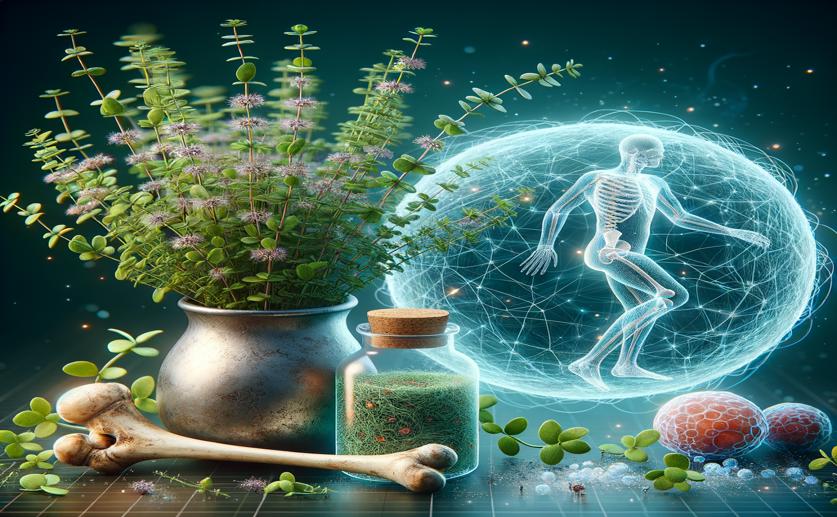
How Thymoquinone and Stem Cells Help Heal Bone Injuries
Jim Crocker
18th May, 2024

Image Source: Natural Science News, 2024
Key Findings
- The study conducted in Samsun explored the use of thymoquinone (TQ) and mesenchymal stem cells (MSCs) from dental pulp to enhance bone healing in rats
- Rats treated with both TQ and MSCs showed significantly better bone regeneration and osteoblastic activity compared to those treated with either TQ or MSCs alone
- The combination of TQ and MSCs was more effective in promoting bone formation than either treatment alone, suggesting a synergistic effect
References
Main Study
1) Investigation of the Effects of Thymoquinone and Dental Pulp-Derived Mesenchymal Stem Cells on Tibial Bone Defect Models.
Published 17th May, 2024
https://doi.org/10.1097/SCS.0000000000010323
Related Studies
2) Recombinant human bone morphogenetic protein-2 accelerates healing in a rabbit ulnar osteotomy model.
Journal: The Journal of bone and joint surgery. American volume, Issue: Vol 83, Issue 8, Aug 2001
3) Thymoquinone accelerates osteoblast differentiation and activates bone morphogenetic protein-2 and ERK pathway.
4) Osteogenic potential: Comparison between bone marrow and adipose-derived mesenchymal stem cells.
5) The effect of local application of thymoquinone, Nigella sativa's bioactive component, on bone healing in experimental bone defects infected with Porphyromonas gingivalis.



 5th April, 2024 | Jenn Hoskins
5th April, 2024 | Jenn Hoskins